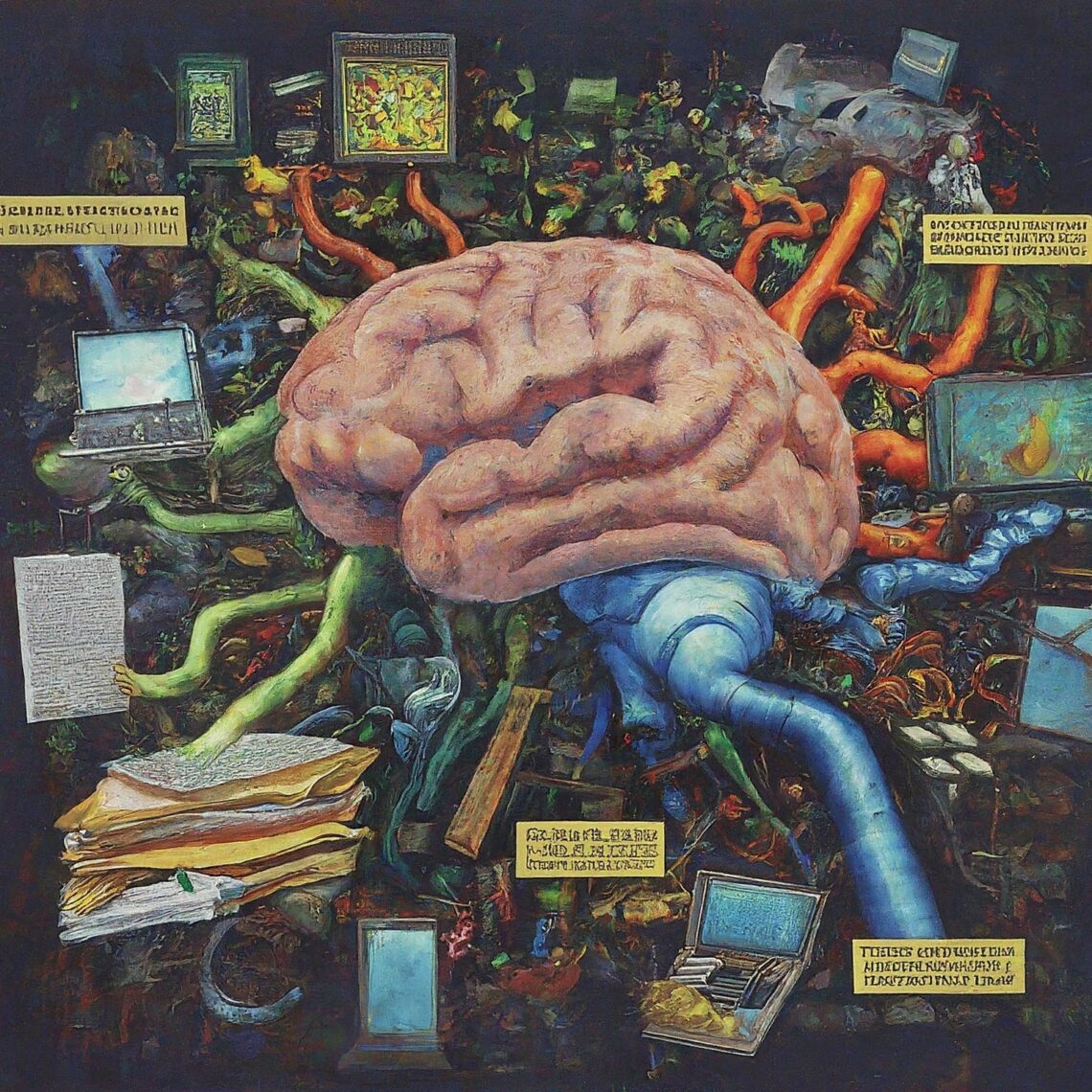Long-Context Powerhouse: Training-Free Approach Extends LLM Capabilities
Large language models (LLMs) are revolutionizing various fields, but their effectiveness often hinges on their ability to understand long stretches of text. This is crucial for tasks like analyzing lengthy documents, remembering extended dialogue history, and powering chatbots.
While recent advancements have shown success in improving LLMs’ long-context ability through additional training, these methods often require proprietary data, incur high computational costs, and limit model accessibility. This is where Dual Chunk Attention (DCA) comes in.
DCA: Breaking the Long-Context Barrier
DCA is a novel, training-free approach that empowers LLMs to process extended contexts without requiring additional training. It accomplishes this by:
- Reusing original position information: Unlike methods that scale positional encodings, DCA leverages the existing position embeddings from the pre-trained model.
- Redesigning the relative position matrix: This ensures accurate reflection of the relative distance between tokens, even in extended sequences.
- Chunk-based attention: DCA segments long sequences into smaller chunks, allowing the model to efficiently handle both long-range and short-range dependencies.
- Compatibility with Flash Attention 2: This integration significantly increases the maximum input length for open-source LLMs.
DCA’s Strengths: Extrapolation, Orthogonality, and Long-Context Understanding
Extensive evaluation has revealed DCA’s strengths:
- Superior extrapolation: DCA allows LLMs with a 4k context window to process information exceeding 32k tokens with minimal performance degradation, surpassing previous methods limited to 8k. Additionally, it empowers models like Llama2 70B to handle contexts exceeding 100k tokens.
- Orthogonality with existing solutions: DCA seamlessly integrates with popular scaled positional encoding techniques like PI and NTK, enabling further context extension for already long-context LLMs (supporting 32k context) to a staggering 192k context length.
- Exceptional long-context understanding: DCA models, even without training, achieve performance comparable to or even better than state-of-the-art models trained through extensive continual learning, on various long-context understanding benchmarks.
Conclusion: Ushering in a New Era for LLMs
DCA presents a groundbreaking approach for training-free long-context scaling in LLMs. It fosters broader accessibility of powerful language models, enabling them to tackle real-world applications requiring a deep understanding of extensive information. This paves the way for further advancements in language processing and artificial intelligence.

